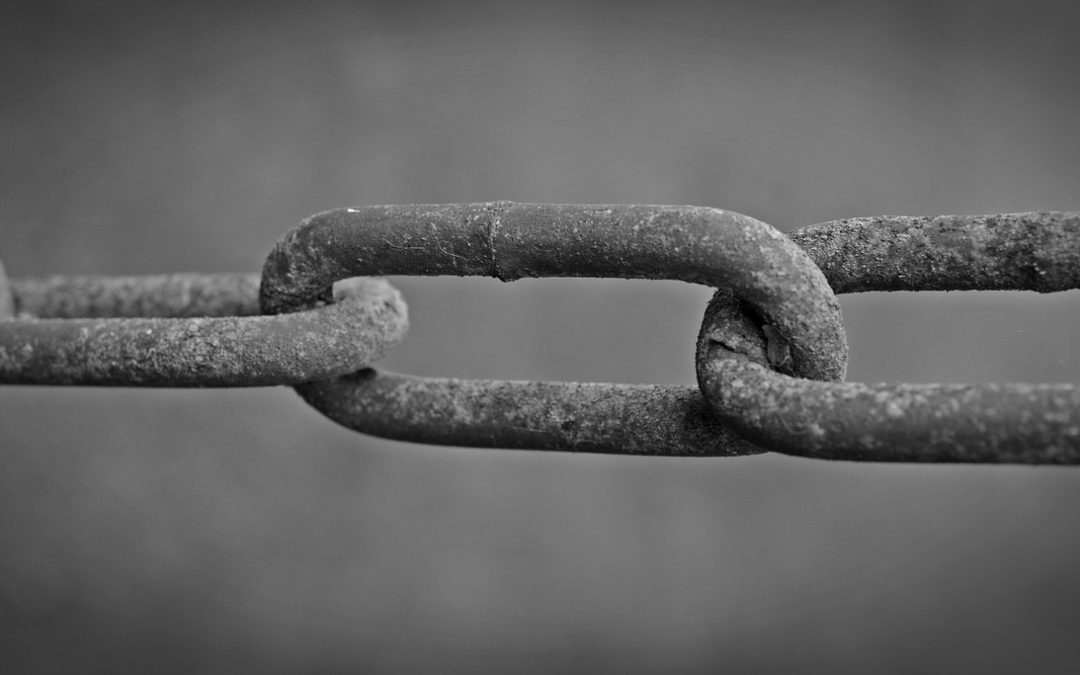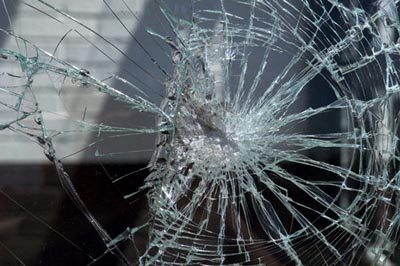
Jan 20, 2015 | #noticed
Three places I love are bleeding and all I can do is watch and pray.
Mexico
As many readers know, my years in Mexico and Central America provided the impetus for my mystery and thriller novels and part of my heart will always be in Mexico. But the country has been rocked by the horrific story of the September 2014 disappearance of 43 students from the rural teacher training college in Ayotzinapa, “a college with a tradition of left-wing political activism,” according to BBC reporting.
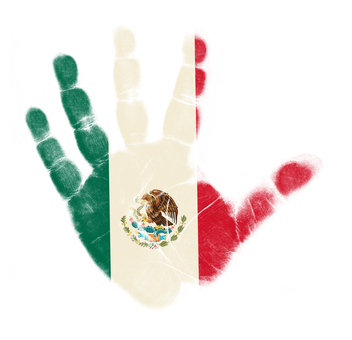 Authorities in Mexico City say the students were rounded up by police “allegedly on the orders of the mayor of the nearby town of Iguala, “who wanted to prevent them from disrupting a speech his wife was giving at a public event that evening.” The students were then handed over to a gang known for violence. Gang members killed the students, burned the bodies, and discarded the remains in trash bags. One student has been identified from the remains. No closure for the other 42 families as of yet, despite more arrests.
Authorities in Mexico City say the students were rounded up by police “allegedly on the orders of the mayor of the nearby town of Iguala, “who wanted to prevent them from disrupting a speech his wife was giving at a public event that evening.” The students were then handed over to a gang known for violence. Gang members killed the students, burned the bodies, and discarded the remains in trash bags. One student has been identified from the remains. No closure for the other 42 families as of yet, despite more arrests.
Gang members, the mayor, his wife, and the police chief have all been arrested. Now there is a call for an investigation into the army. Meanwhile, the hashtag #YaMeCanse (I am tired) has become a rallying cry against Mexico’s drug violence and the mounting numbers of missing.
Related post: Entitlement, Mexico Style
If all this wasn’t enough, as federal investigators were combing the hillsides of the state of Guerrero (where the Emilia Cruz mystery series is set) they kept finding other mass graves. How much is too much!?
Surely there will be an end to the violence someday. In the meantime, I’m praying for answers.
Greece
I also have wonderful memories of living in Greece and regularly correspond with friends who are still there. In fact, Greece is where I wrote the first, 800-page (!) draft of The Hidden Light of Mexico City. We treated the crazy Greek bureaucracy, radical protests, and garbage strikes with humor. But in time we realized these events reflected systemic failure.
 This coming Sunday, Greeks will take to the polls in yet another drama related to the country’s ongoing financial crisis and overwrought political scene. Riding high is Alexis Tsipras, from the far radical left Syriza Party which would do away with the austerity measures Greece was forced to adopt in order to get billions in bailout money from the EU. The Wall Street Journal reported that the already beseiged Greek economy is in a tailspin over a potential Syriza win at the polls.
This coming Sunday, Greeks will take to the polls in yet another drama related to the country’s ongoing financial crisis and overwrought political scene. Riding high is Alexis Tsipras, from the far radical left Syriza Party which would do away with the austerity measures Greece was forced to adopt in order to get billions in bailout money from the EU. The Wall Street Journal reported that the already beseiged Greek economy is in a tailspin over a potential Syriza win at the polls.
Should Tsipras win and make good on his promises to walk away from Greece’s promises to the EU, it would mean an epic financial crisis. But maybe he’s got support because austerity has simply exhausted the Greek spirit. The Economist reports that “Although the economy is now growing again, Greek voters remain understandably enraged that GDP should have shrunk by almost 20% since 2010 and that unemployment is still as high as 26%.” According to UK newspaper The Guardian, “Many Greeks will be inclined to vote for the insurgents as much out of hopelessness as helplessness.”
No matter what the outcome, I’m praying for restraint.
France
I went to college for a year in Paris, long before there were euros and the internet. My best friend and I lived in the 17th Arondissment–the high rent district. It was a year of important life experiences, set against the backdrop of the City of Lights.
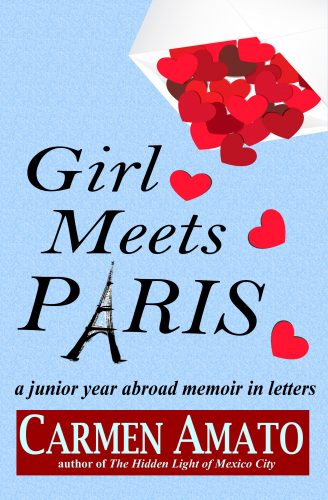 But the news coming out of Paris this month has been nothing like that. Terrorist rampages, manhunts, sleeper cells, mass shootings. Like so many others, I’ve been glued to the news, remembering locations and events that brought me so much joy, and shocked by what today’s journalists are reporting.
But the news coming out of Paris this month has been nothing like that. Terrorist rampages, manhunts, sleeper cells, mass shootings. Like so many others, I’ve been glued to the news, remembering locations and events that brought me so much joy, and shocked by what today’s journalists are reporting.
I’ve been tinkering with a memoir, based on my letters, of my year in Paris. “Girl Meets Paris” captures all the joy and excitement of discovering Paris.
Maybe publishing could be part of the healing process, because I’m praying for recovery.
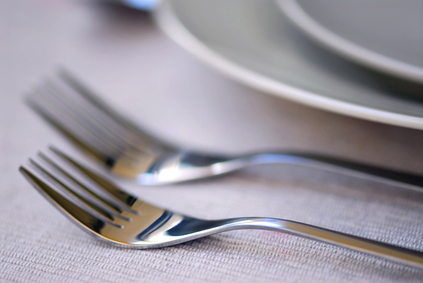
Jul 22, 2014 | #truestory
A number of years ago, when my children were young and we were living in Mexico, my family was invited to the residence of a NATO ambassador and his family for a New Year’s Eve dinner. Our children were all the same age and the wife and I were close friends, both of us dealing with the challenges of setting up house in a new country, helping our children adjust, and learning a new language.
I’d been told that dinner would be casual but it was in the formal dining room with a table that could easily seat 30. Placesettings were as elaborate as if this was a diplomatic affair, with enough sterling silver on the table to make a small battleship and rows of wineglasses above each fine china plate. The meal was served in courses, starting with an array of caviar and smoked fish on a tray passed around by the butler.
My son, then eight, was seated next to me and watched the butler’s progression with alarm. “What fork do I use?” he whispered urgently.
There were four forks at each place: salad fork, dinner fork, fish fork, dessert fork. I silently thanked the fact I’d been brought up near the Oneida Silver factory store where Oneida silverplate was the mandatory gift for every occasion. “Start at the outside and work your way in,” I replied out of the side of my mouth.
The next course came. “Which fork this time?” my son asked.
“The next one over,” I told him.
“There’s a fork on top,” he said worriedly. “Dessert,” I hissed.
“What if dessert is flan?” His whispering was beginning to sound like a bad off-Broadway ad lib as our host’s mouth twitched with suppressed laughter.
“Use the spoon.”
“Which one?”
And so the long night wore on.
When we got home, I realized that my children needed to learn a few more skills in order to be prepared to go anywhere and participate in the world in any way they chose. I wanted them to be able to learn from and ultimately be enriched by the culture around them no matter where they went.
In an increasingly mobile world, we can travel anywhere, talk to anyone anywhere around the world, all at the push of a button. Citizens of the world. But what does that mean?
Here’s what I came up with:
- Manners: A World Citizen is aware of the local cultural norms and social etiquette wherever they go. They know what is polite and what is regarded as rude. They actively try not to offend.
- Desire for Information: A World Citizen has an open mind and is ready to put in the effort to learn about other cultures, the history that has shaped them, and why that culture is what it is.
- Connected: A World Citizen uses technology to seek out information and connect with others.
- Tolerance: A World Citizen accepts that others will have a different belief system, or none at all, and does not judge (at least not in public.)
- Environmental Awareness: A World Citizen realizes that we aren’t getting any more real estate on this planet and doesn’t trash up their part of it or anyone else’s. They respect efforts to renew and reuse and understand the need for basics like water and sanitation.
I’ll be sharing more here on what it means to be a World Citizen and asking you for your own ideas and experiences. Connecting across cultures isn’t a new concept but reading the news on any given day suggests we haven’t gotten very good at it. So let’s start a new dialogue and see where it goes.
Maybe if we know what to do with all the forks, we won’t need so many knives.
CARMEN AMATO
Mystery and thriller author. Retired Central Intelligence Agency intel officer. Dog mom to Hazel and Dutch. Recovering Italian handbag addict.
Nov 9, 2012 | #noticed
 As a fiction author I love to weave unique cultural gems into the plot. Most of the time I draw on my own world travels and experiences living in Mexico and Central America.
As a fiction author I love to weave unique cultural gems into the plot. Most of the time I draw on my own world travels and experiences living in Mexico and Central America.
In these Friday Fiesta posts I highlight cultural stories worth celebrating. The unique, the odd, the thought-provoking. Enjoy and share to make the world a little smaller today.
Would You Ride?
The world’s longest and highest cable car service will reopen early next year in Merida, Venezuela, according to a BBC report. The cable system is more than 7 miles long, rising to more than 15,330 feet above sea level at the summit of Pico Espejo — one of the highest peaks in Venezuela’s Andean mountains. Originally built in 1960, the trip of around 2 hours takes intrepid travelers from Merida to the magnificent scenery of the Andes. From the report: “On a clear day, the craggy outcrop of Pico Espejo — where the resident Virgin Mary statue is sometimes covered in ice — provides panoramic views of the surrounding range, as well as a bird’s-eye view of Merida in the distant valley below.” Equal parts amazing and scary.
War and Remembrance
TheWorldisWaiting.com blog gave us a unique take on war museums this week, including some little known museums that capture events and places that are all too easily forgotten. I’ve been to three museums on the list: the Imperial War Museum and the HMS Belfast, both in the UK, and the Checkpoint Charlie Museum in Berlin and recommend them all. But of special note is the JEATH Museum, Kachanburi, Thailand. “JEATH stands for Japan, England, America, Australia, Thailand and Holland, which represent the nationalities of the prisoners of war forced to work on the construction of the famous Bridge on the River Kwai.” It wasn’t just a movie.
In the same vein, here’s my blog post on resistance museums.
The Olive Harvest
Did you know how olives are gathered to make olive oil? Check out the blog post by @ItalianNotes for beautiful photographs and a video on how “In our part of Puglia the old contardini swears by the scopetta. With an old organic broom they sweep a circle around every single olive tree making the red earth hard, smooth and clean, so that olives can easily be gathered, when they are ripe and ready to fall off the tree.” The post is lovely—a simple snapshot of a an industry that reminds us of the value of tradition and the calm that comes from living close to the earth.
The First Book and it’s Not the Bible.
John Wainwright, a computer specialist, ordered the first book from amazon.com in 1995. Do you remember amazon’s radio ads from that time? They were in an interview format, with the interviewee claiming amazon had enough books to fill an aircraft carrier and other huge spaces.But I digress.
According to The Atlantic online magazine, which has a photo of the book and the original packing slip, the book Wainwright ordered was Douglas Hofstadter’s Fluid Concepts And Creative Analogies: Computer Models Of The Fundamental Mechanisms Of Thought. A bit of light reading. But that first book illustrates that amazon has been so successful (the website sells my books so of course it is successful!) because it carries something for every interest.
 “Romantic and suspenseful! A great mix!”
“Romantic and suspenseful! A great mix!”
Get THE HIDDEN LIGHT OF MEXICO CITY on amazon.com today.
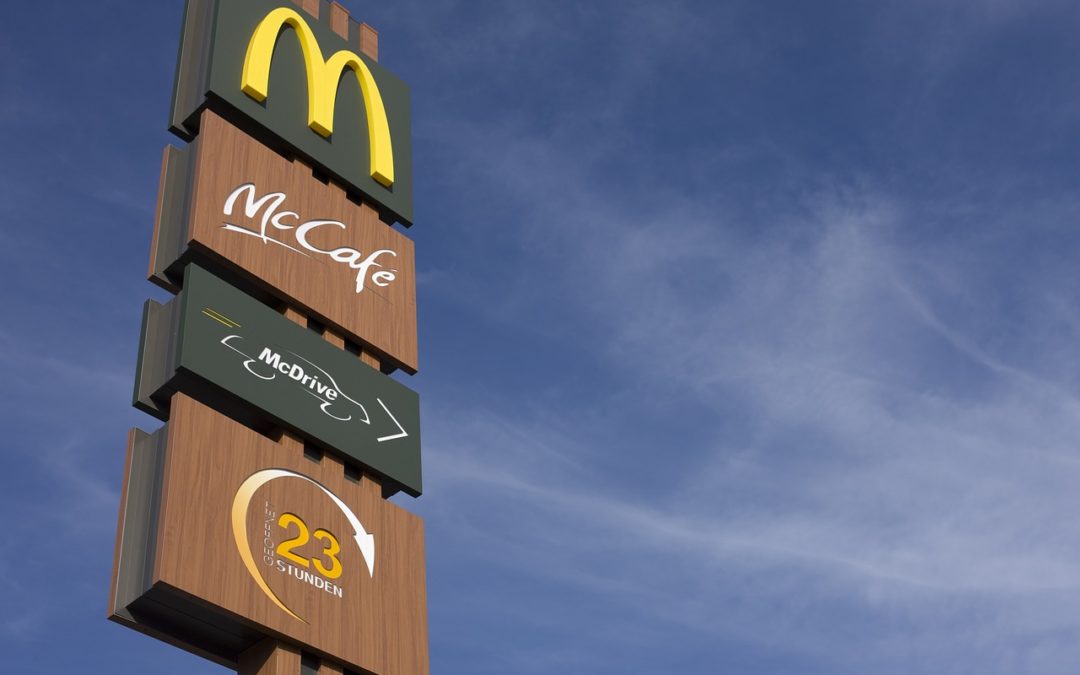
Oct 19, 2012 | #truestory
In my quest to find connections across cultures I’ve been thinking about how different cultures influence what we eat (salsa, anyone?) But if we turn that around to look at how a food influenced different cultures we come to one inescapable word: McDonald’s.
Yep. The fast food giant has had its share of cultural impact.
After all, the Soviet Union was formally dissolved less than 2 years after McDonald’s opened in Moscow in early 1990. Maybe it was just a coincidence but maybe not . . .
So not to be outdone by the end of the Cold War, here are my top culture-meets-McDonald’s moments:
Vienna
In the weeks after Romanian Communist dictator Nikolai Ceausescu was overthrown, Romanians came by the busload to Vienna, the closest big Western city, to see how the rest of the world lived. They all looked as if they’d suddenly got out of prison. Their clothes were drab, they were all thin, and they looked fearful and excited at the same time.
My husband and I were in Vienna’s two-story McDonald’s. We each tucked into a substantial fast food meal; Big Macs, fries, the works. A Romanian couple our age was in the booth across the aisle, sharing the equivalent of a hamburger Happy Meal. They each took small bites, savoring the strange food, still in their coats as if they expected to be chased out at any moment.
Mexico City
It was my housekeeper’s anniversary and I took her to the big mall in Santa Fe to pick out a king sized bed for her and her husband. After arranging to have it delivered to their house, we went to the food court. She said she wanted to eat at McDonald’s but would not say what she wanted to order.
After a strange and frustrating exchange about the menu she finally said she’d have whatever I had. It turned out that she’d never eaten at a McDonald’s before.
She was 28.
Wellington
New Zealand’s capital is a bit more lively these days but when I was there 20 years ago it was a sleepy town, especially on the weekend. There was shopping and a city tour on Saturday but most things were closed on Sunday. Except the one McDonald’s a couple of miles from my hotel. I walked there for lunch, then went to the movies, then walked back to McDonald’s for dinner.
Without McD’s I would have starved. Or had the hotel’s cold mutton buffet for all 3 meals.
Athens
The Olympic stadium in Athens housed the biggest McDonald’s we’d ever seen and my kids were as fascinated by the restaurant as by the Olympic events. No mix-and-match fast food here, you could only order from a short list of preset meals, including the first salad any of us had ever eaten at a McD’s. We sat in the middle of the huge space listening to the babble of languages and watching the array of national costumes.
My kids got it then–the fact that not everybody is like them. Meeting people who aren’t is exciting. The Frenchman in the skinny white capri pants and Puma flats is still remembered fondly.
CARMEN AMATO
Mystery and thriller author. Retired Central Intelligence Agency intel officer. Dog mom to Hazel and Dutch. Recovering Italian handbag addict.

 Authorities in Mexico City say the students were rounded up by police “allegedly on the orders of the mayor of the nearby town of Iguala, “who wanted to prevent them from disrupting a speech his wife was giving at a public event that evening.” The students were then handed over to a gang known for violence. Gang members killed the students, burned the bodies, and discarded the remains in trash bags. One student has been identified from the remains. No closure for the other 42 families as of yet, despite more arrests.
Authorities in Mexico City say the students were rounded up by police “allegedly on the orders of the mayor of the nearby town of Iguala, “who wanted to prevent them from disrupting a speech his wife was giving at a public event that evening.” The students were then handed over to a gang known for violence. Gang members killed the students, burned the bodies, and discarded the remains in trash bags. One student has been identified from the remains. No closure for the other 42 families as of yet, despite more arrests. This coming Sunday, Greeks will take to the polls in yet another drama related to the country’s ongoing financial crisis and overwrought political scene. Riding high is Alexis Tsipras, from the far radical left Syriza Party which would do away with the austerity measures Greece was forced to adopt in order to get billions in bailout money from the EU. The Wall Street Journal reported that the already beseiged Greek economy is in a tailspin over a potential Syriza win at the polls.
This coming Sunday, Greeks will take to the polls in yet another drama related to the country’s ongoing financial crisis and overwrought political scene. Riding high is Alexis Tsipras, from the far radical left Syriza Party which would do away with the austerity measures Greece was forced to adopt in order to get billions in bailout money from the EU. The Wall Street Journal reported that the already beseiged Greek economy is in a tailspin over a potential Syriza win at the polls. But the news coming out of Paris this month has been nothing like that. Terrorist rampages, manhunts, sleeper cells, mass shootings. Like so many others, I’ve been glued to the news, remembering locations and events that brought me so much joy, and shocked by what today’s journalists are reporting.
But the news coming out of Paris this month has been nothing like that. Terrorist rampages, manhunts, sleeper cells, mass shootings. Like so many others, I’ve been glued to the news, remembering locations and events that brought me so much joy, and shocked by what today’s journalists are reporting.



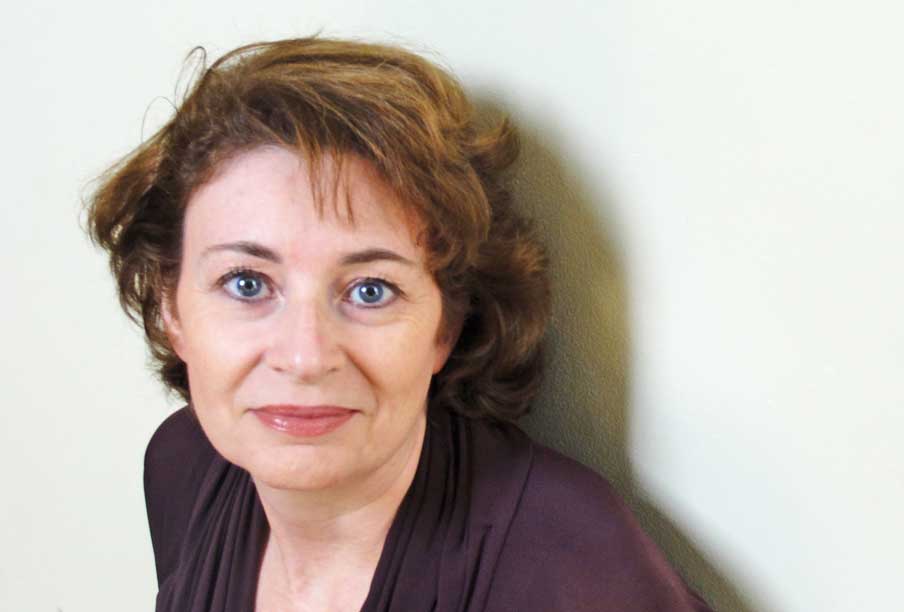




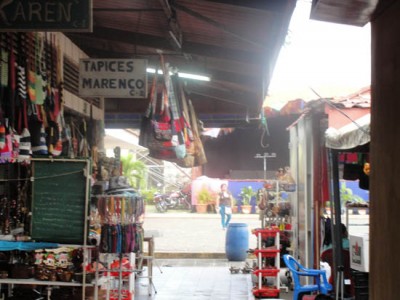
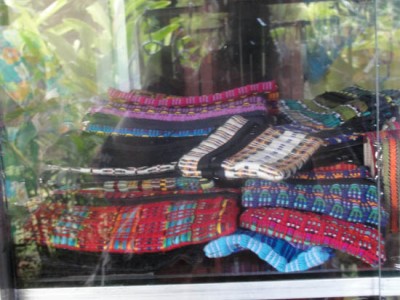


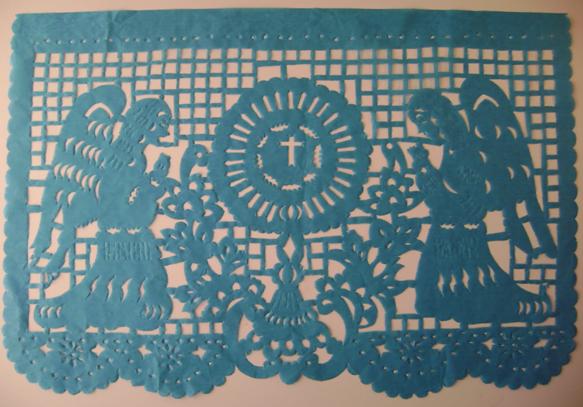

 “Romantic and suspenseful! A great mix!”
“Romantic and suspenseful! A great mix!”

